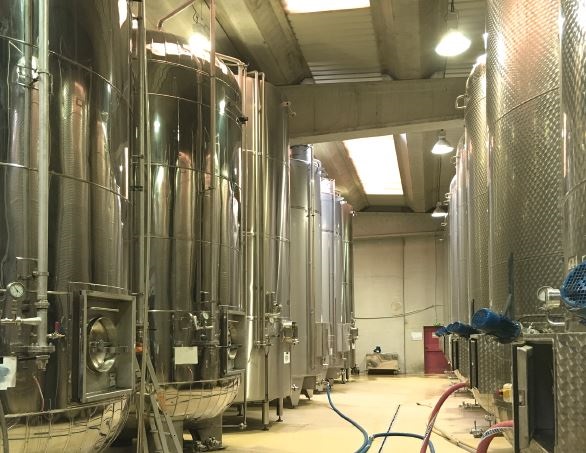… the food industry must know how to optimise its thermal installation, a major challenge in order to ensure the long-term viability of its production facilities and minimise its carbon footprint. Climalife would like to draw the attention of food industry professionals to the fact that there is no such thing as a “food” heat transfer fluid and to answer the most common questions.
 We support manufacturers, installers and professionals in thermal applications in the design, implementation and management of their equipment and installations. We offer tailored solutions, including heat transfer fluids that can be used in the manufacturing process or to preserve food products.
We support manufacturers, installers and professionals in thermal applications in the design, implementation and management of their equipment and installations. We offer tailored solutions, including heat transfer fluids that can be used in the manufacturing process or to preserve food products.
Is there a “food” heat transfer fluid for a food processing installation?
No, there are only heat transfer fluids that are not classified as harmful.
Greenway® Neo, registered as category HT1 on the official NSF list, can be used as a heat transfer medium where there is a risk of accidental contact with foodstuffs. Formulated without organoleptic compounds, Friogel® Neo is not intended for use in installations used for the heat treatment of water intended for human consumption in France (French Order of 14 January 2019).
Beware of confusion! The heat transfer fluid transfers energy (cold or heat) at low or medium temperatures and protects against freezing and corrosion. Formulated on the basis of glycols (MEG, MPG) or 1.3 propanediol, betaine, etc., to which corrosion inhibitors are added, the heat transfer fluid is diluted according to the desired freezing point. This type of coolant is not a food product.
Describing a heat transfer fluid as “food grade” it therefore totally inappropriate and leads to confusion between what is safe and what can be consumed.
What heat transfer fluid can I use in my food manufacturing process?
For the manufacturing process of a food product, Climalife recommends that an installation is designed to avoid / prevent any transfer of heat transfer fluid to the food products. Because of the precautionary principle, and even if the foodstuffs are not in direct contact with the heat transfer medium, it is dangerous to use heat transfer media based on Mono Ethylene Glycol (MEG) in the food industry. This can have serious consequences in a food environment.
What to do if a heat transfer fluid leaks into a food product?
In the event of spillage, contamination or contact of a heat transfer fluid with a food product, even if this product is not classified as toxic under the regulations, any contamination of a food product makes it unfit for consumption. The contaminated food product must be withdrawn from the market and destroyed, regardless of the approval of the heat transfer fluid, as a precautionary measure.
Can MEG-based heat transfer fluids be used in the food industry?
Caution: MEG (mono ethylene glycol) based heat transfer fluids are harmful if ingested. Please refer to the safety data sheet for the heat transfer fluid.
